Resting-State Basics
Why asking your subjects to do nothing can open a window into brain function, cerebral physiology, and data nuisance

| smoia | |
| @SteMoia | |
| s.moia.research@gmail.com |
ISMRM Singapore, 04.05.2024

Faculty of Psychology and Neuroscience, Maastricht University, Maastricht, The Netherlands; physiopy (https://github.com/physiopy)


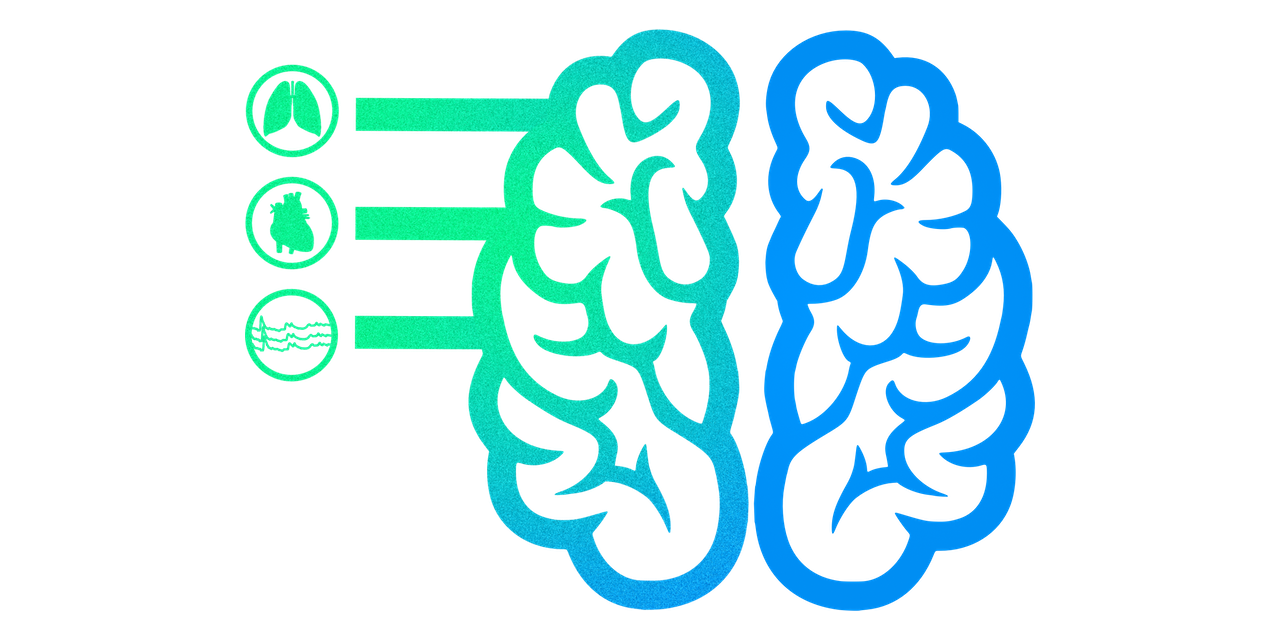
Faculty of Psychology and Neuroscience, Maastricht University, Maastricht, The Netherlands; physiopy (https://github.com/physiopy)


Resting-State Basics
Why asking your subjects to do nothing can open a window into brain function, cerebral physiology, and data nuisance
ISMRM Singapore, 04.05.2024


Speaker Name: Stefano Moia
I have no financial interests or relationships to disclose with regard to the subject matter of this presentation.

Declaration of
Financial Interests or Relationships
1. Resting State 101


A needle
in a haystack


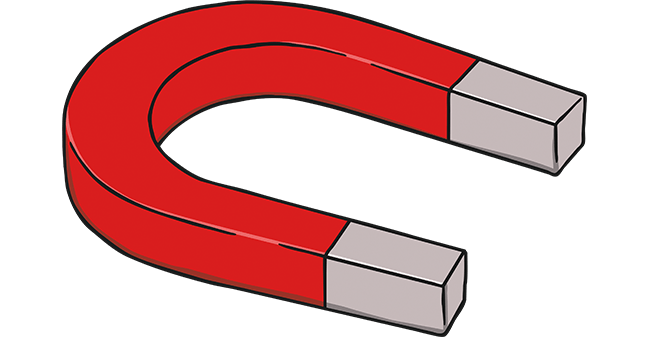
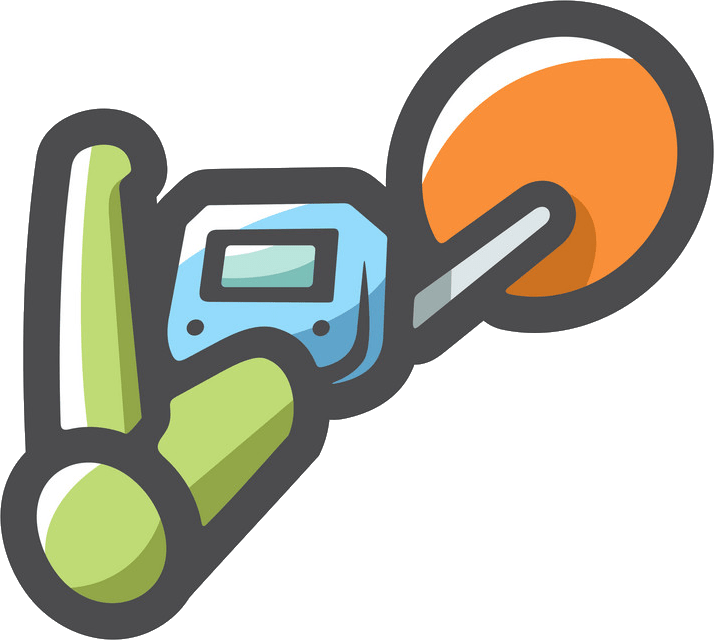
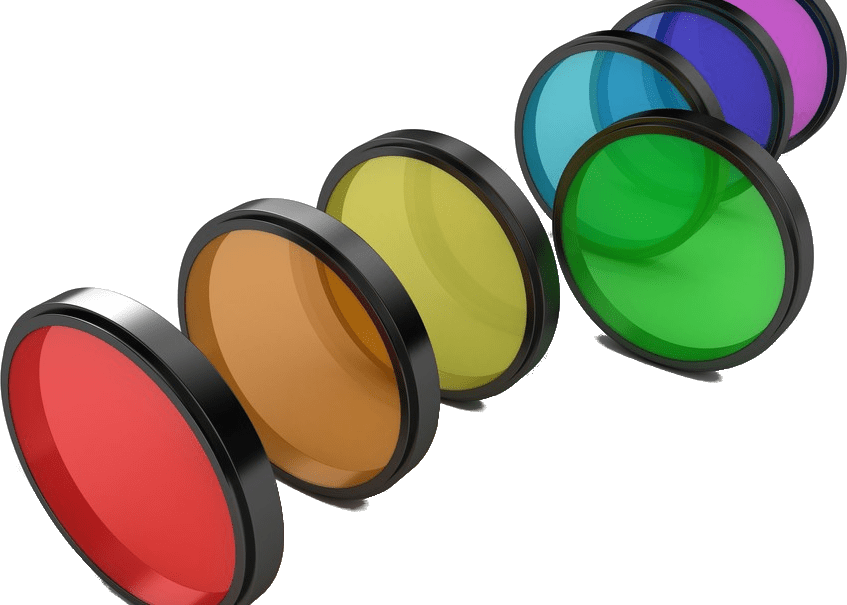
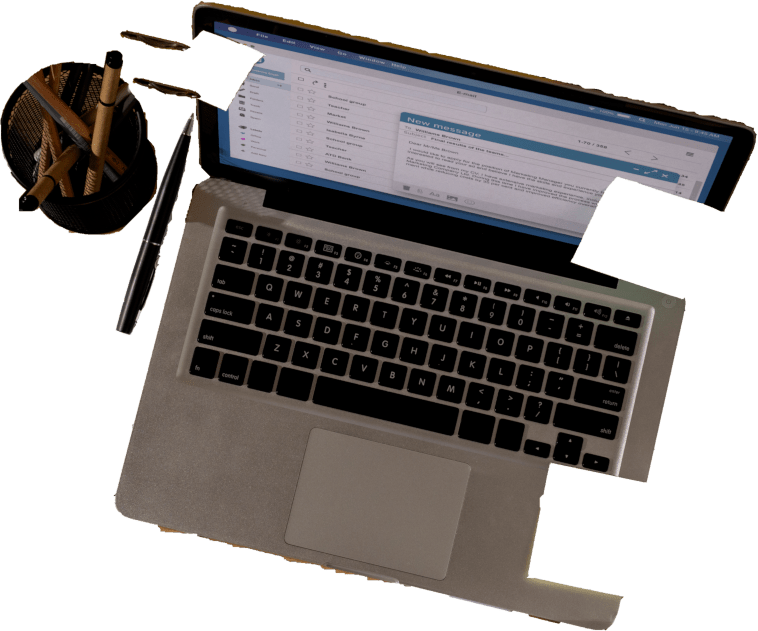


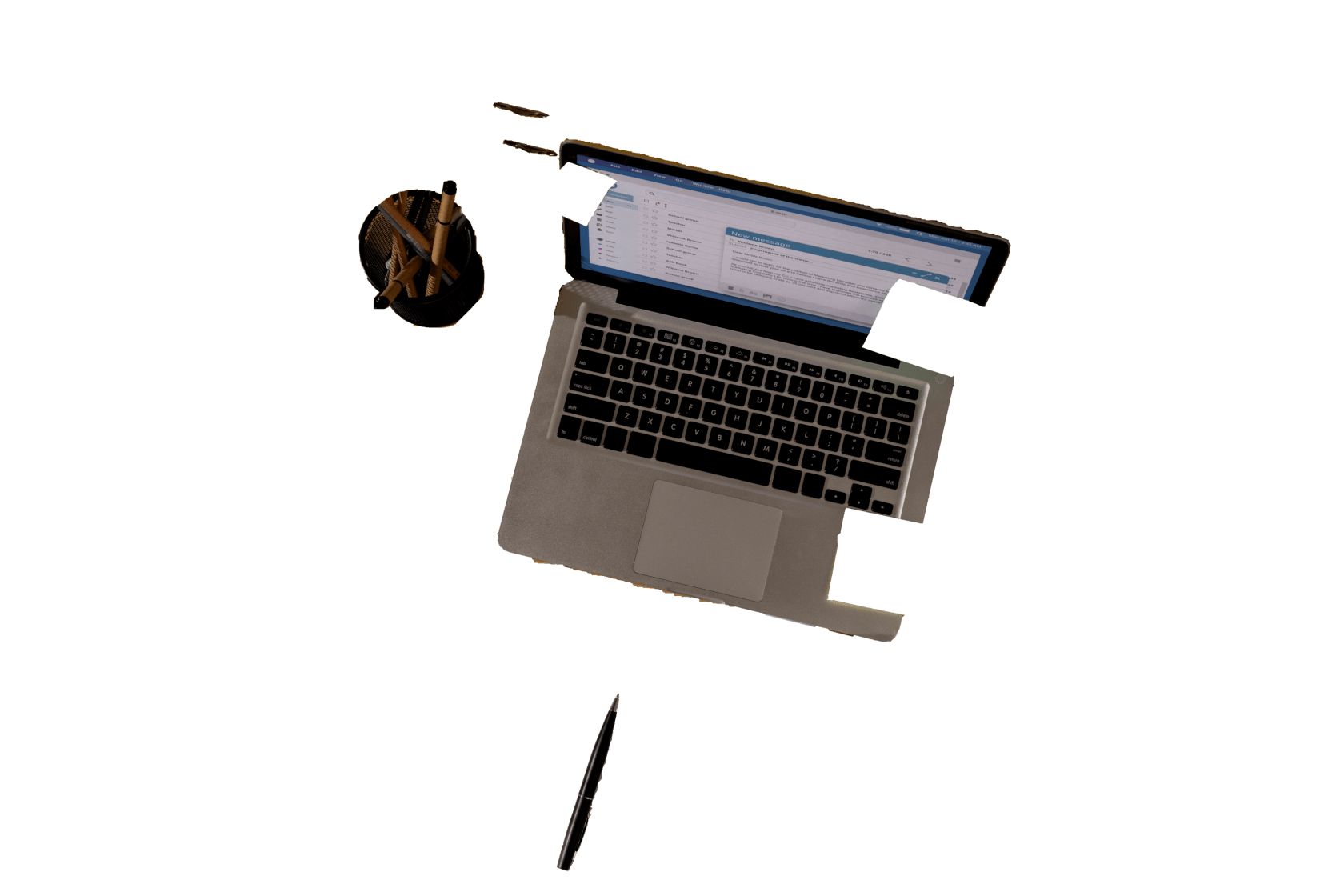
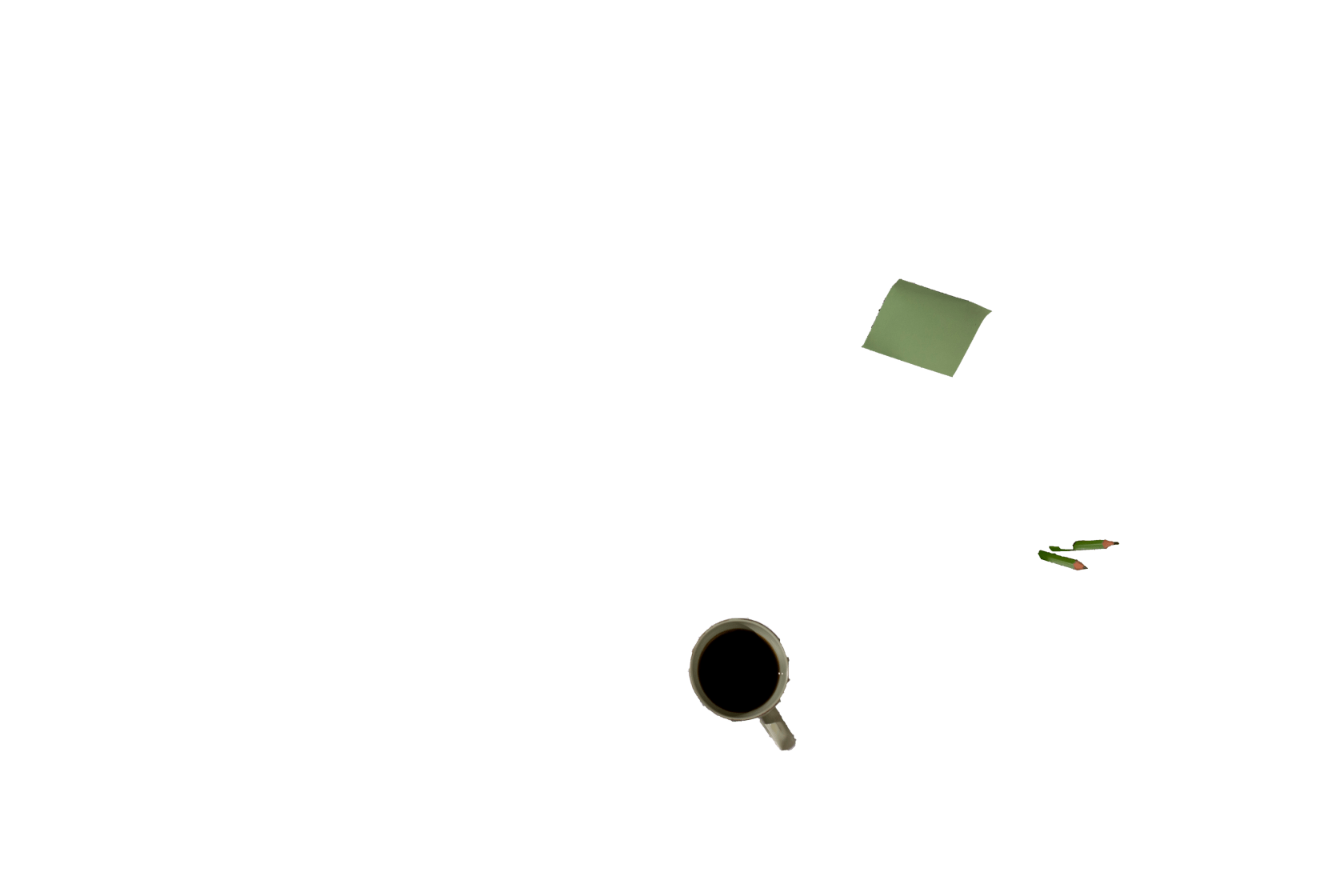
Resting State 101


- Easier set up than task-induced responses
- Does not require subject compliance
- Can be performed by any subject in any state (including lack of consciousness)
- (Allegedly) Observing brain fluctuation in a "natural" state
- Resting State is frequently featured in many public datasets
(161 currently on OpenNeuro)
Maybe add physiological recordings
Take home #1
Resting State is
a low-compliance approach
to look into signal fluctuations


that can be used with any subject
and is frequently featured
in existing datasets.
Signal composition & methods


- Alternatives to GLM for first order (subject/session) analysis
- Find the (mathematical) model underlying the data
* Non-representative of variance, for real signal variance partition see: Bianciardi et al., 2009 (Magn. Reson. imaging)
Physiological
Neuronal
Artefacts
Seed-based analysis
Signal decomposition
(Dynamic) Functional Connectivity
Natural physiological fluctuations
Resting State Fluctuations
Artefact analysis
*

Signal composition


- Alternatives to GLM for first order (subject/session) analysis
- Find the (mathematical) model underlying the data
1. Bianciardi et al., 2009 (Magn. Reson. imaging)
- Neuronal-related fluctuations
- Signal correlation
- Seed-Based Connectivity
- Point Processing Analysis
- Co-Activation patterns
- Signal decomposition
- Independent Component Analysis
- (Dynamic) Functional Connectivity
- Signal correlation
- Physiology (Cerebrovascular reactivity)
- Natural respiratory fluctuations
- BOLD-signal
- Artefacts
- Motion (!)
2."Neuronal" signal


Signal: Seed Based Connectivity¹


1. Biswal et al., 1995 (Magn. Reson. Med.); 2. McLaren et al., 2012 (Neuroimage); 3. Freitas et al., 2020 (Neuroimage)
See also:
- Psycho-Physiological Interaction (PPI) Analysis²
- PPI Co-activation patterns³
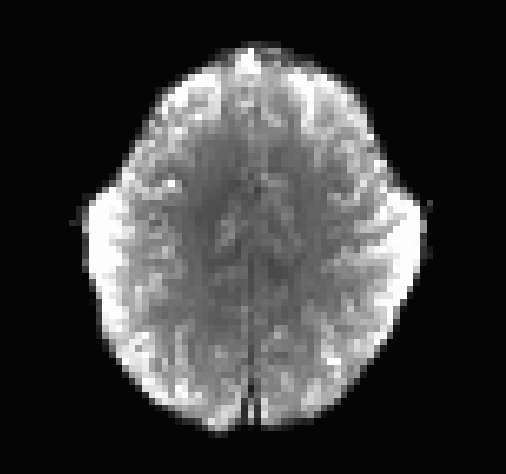
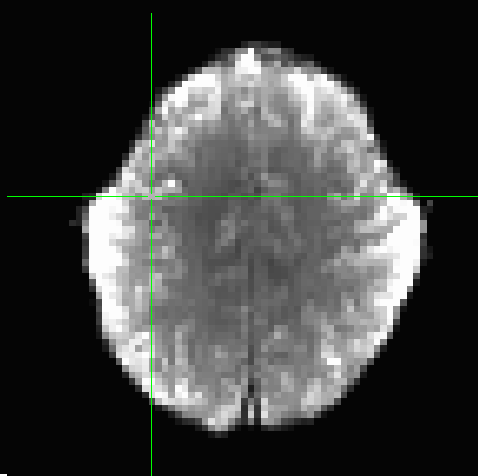


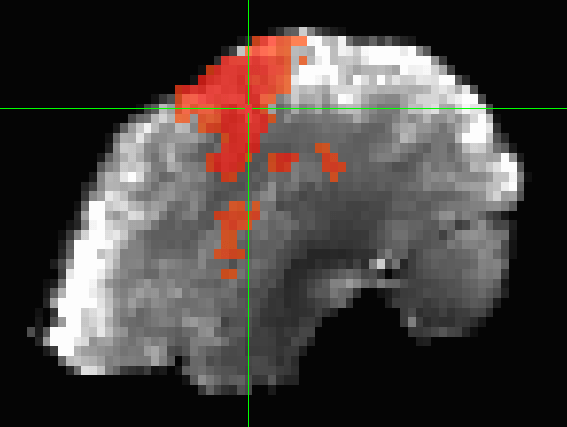
Signal: Point Process Analysis


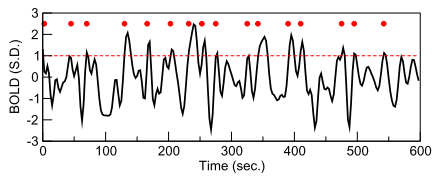
- Point Process Analysis¹
- Co-activation pattern Analysis²
See also:
- Paradigm-Free Mapping (deconvolution)³
- Innovation Co-Activation Patterns (deconvolution)⁴
1. Tagliazucchi et al., 2011 (Neurosci. Lett.); 2. Liu, Duyn, 2013 (PNAS), Liu et al. 2013 (Front. Syst. Neurosci.);
3. Caballero-Gaudes et al. 2011 (HBM), Caballero-Gaudes et al., 2019 (Neuroimage); 4. Karahanoğlu, Van De Ville, 2015 (Nat. Comm.)
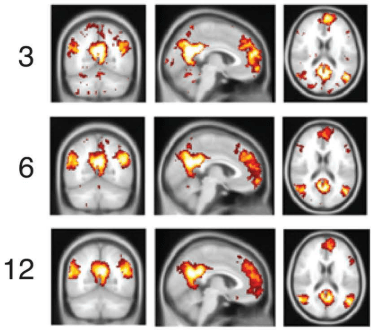
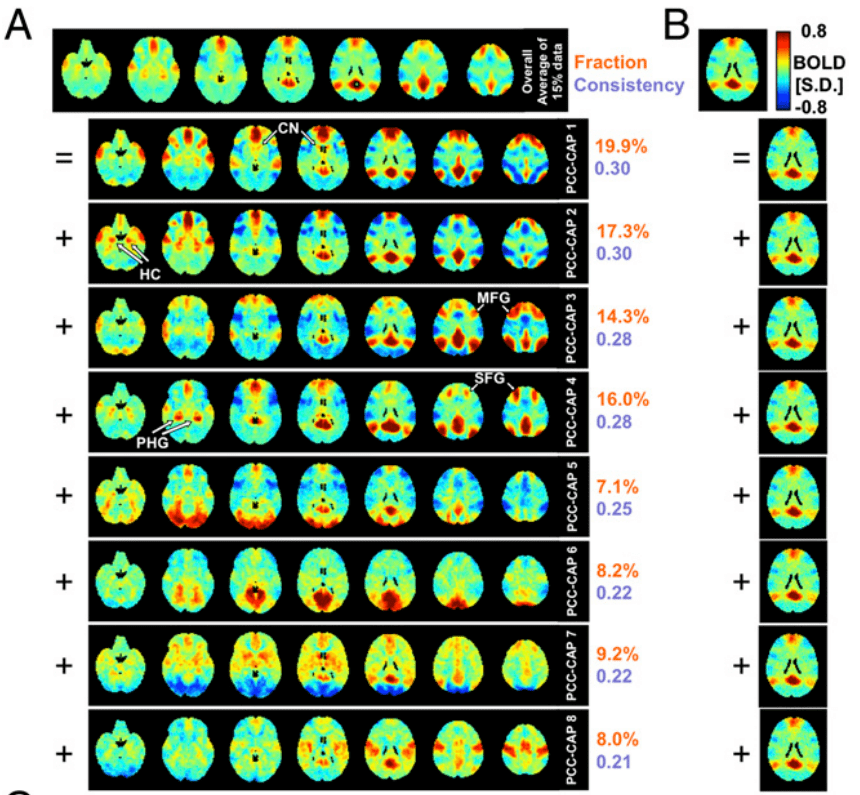
Signal: Decomposition
- (spatial) Independent Component Analysis
- Must read: "Hand classification of fMRI ICA noise components"¹
1. Griffanti et al., 2016 (Neuroimage); 2. Lynch et al., 2023 (bioRxiv);
3. Raatikanen et al., 2017 (Neuroimage), Glasser et al., 2018 (Neuroimage) and commentaries;
4. Filippini et al., 2009 (PNAS)
See also:
- Community Detection²
- (Spatio-)Temporal ICA³
- Dual Regression of ICA components⁴
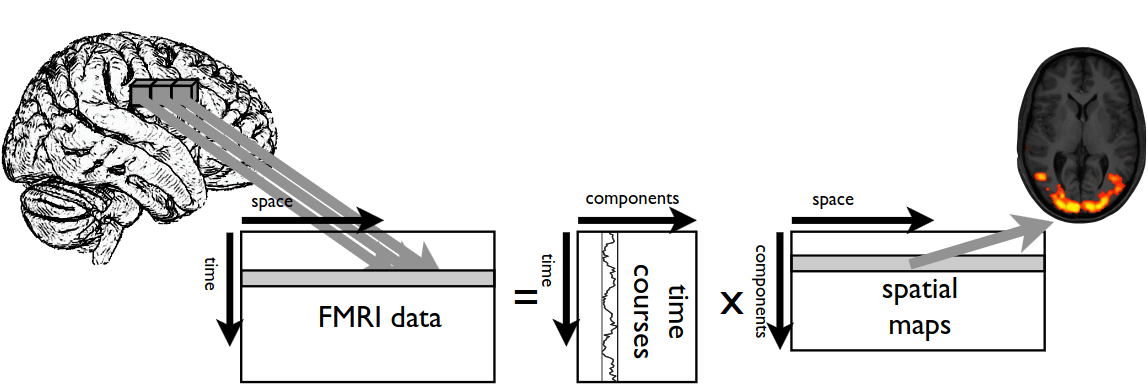
Image from the FSL course (2024)


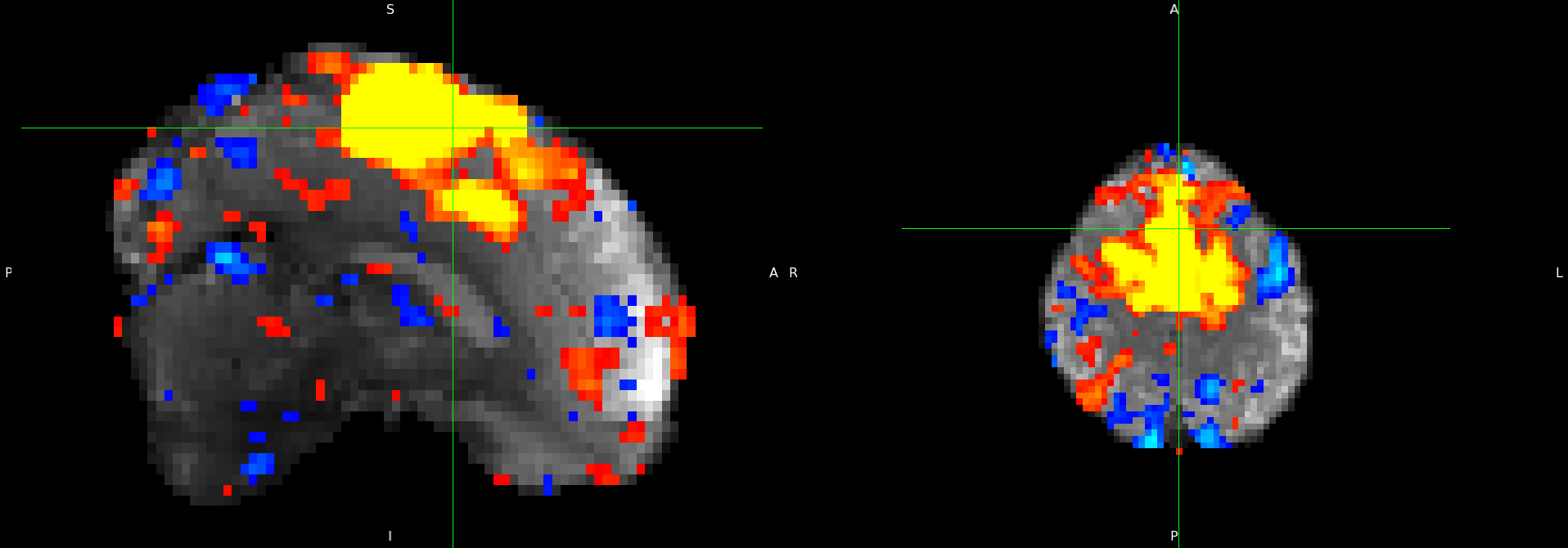
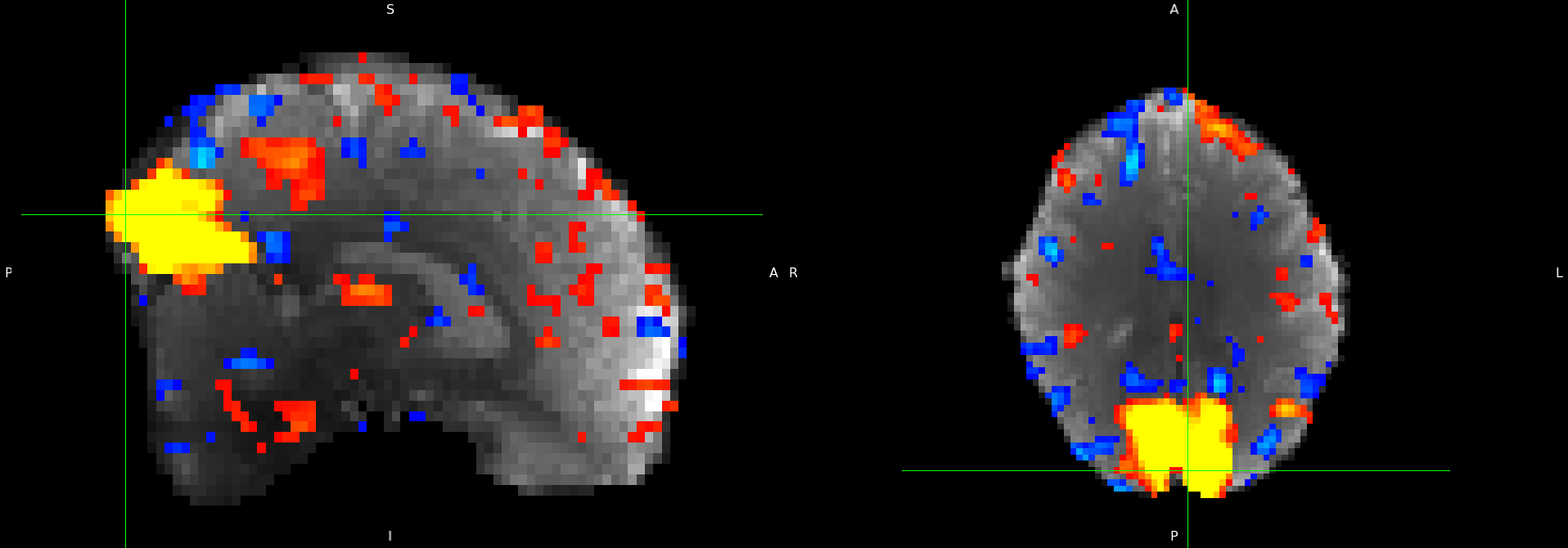
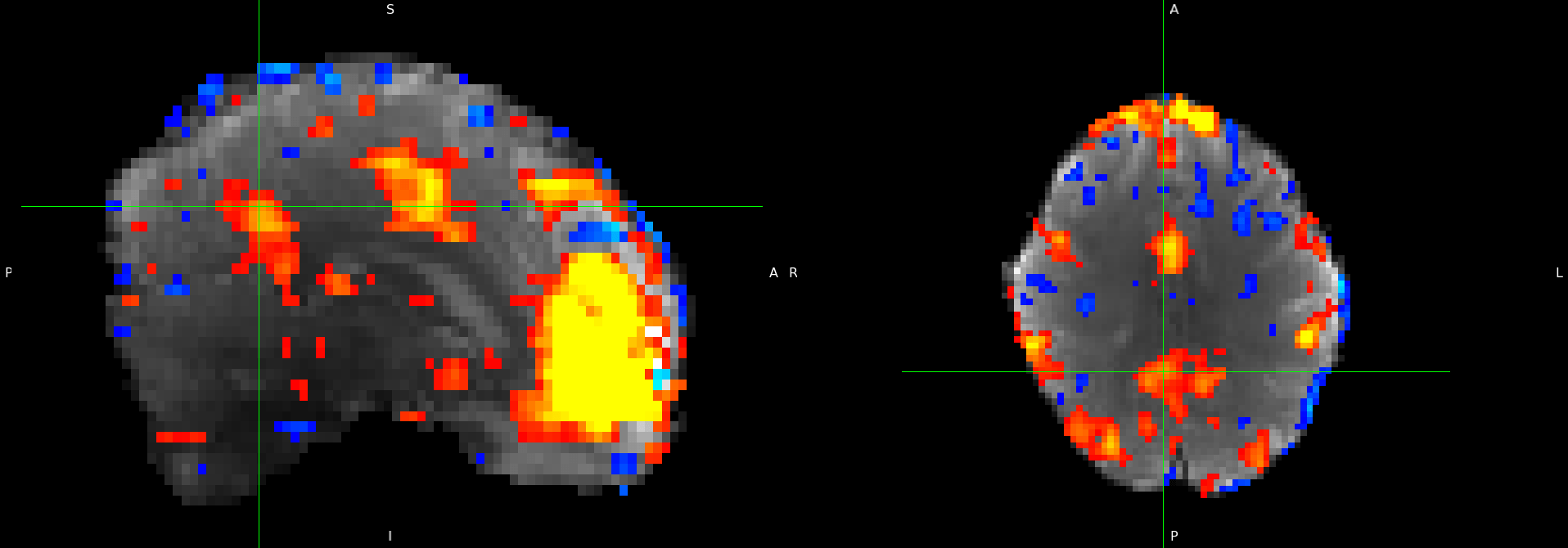
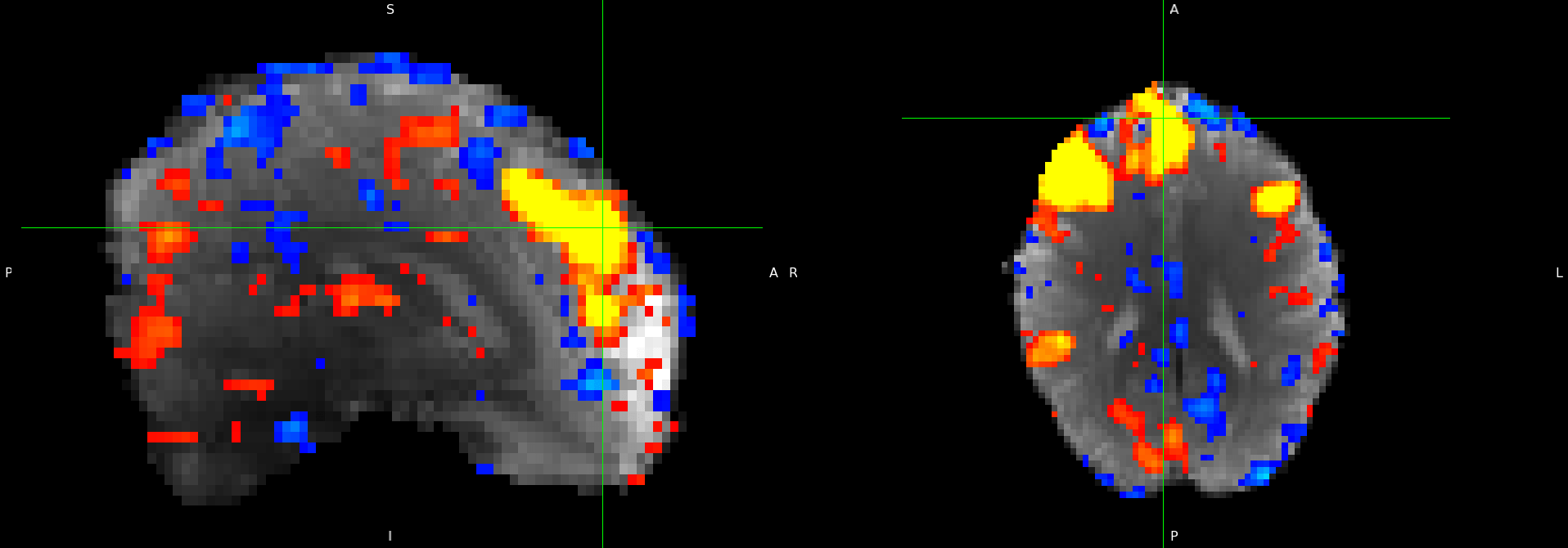
Signal: (Dynamic) Connectivity
- Connectivity matrices from parcellation¹
- Pay attention to the Atlas generative process
- Pay attention to subject differences
- Window based²
- Might "undo" preprocessing³
- Edge-centric⁴
- Un-sensitive to certain types of fluctuations⁵
1. Eickhoff et al., 2015 (HBM), Eickhoff et al., 2018 (Nat. Reviews Neurosci.); 2. Preti, Bolton, Van De Ville, 2017 (NeuroImage);
3. Lindquist et al., 2024 (bioRxiv); 4. Faskowitz et al., 2020 (Nat. Neurosci.); 5. Santoro et al., 2023 (Nat. Phys.)

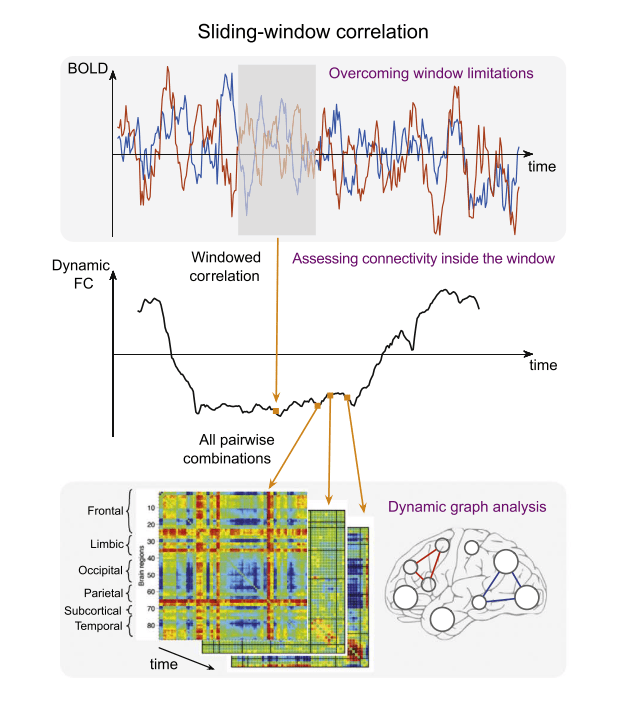


See also:
- Higher-order dynamic connectivity⁵
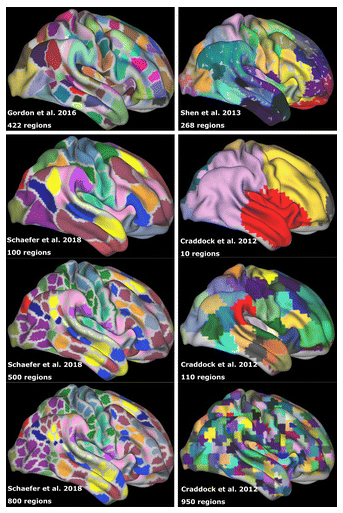
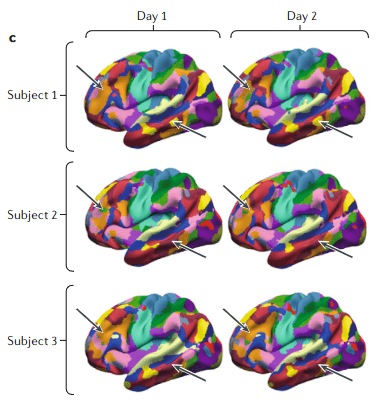

3. "Physiological" signal


Physiology: "natural" physiological fluctuations
Wise et al., 2004 (Neuroimage); Golestani et al., 2016 (Neuroimage)
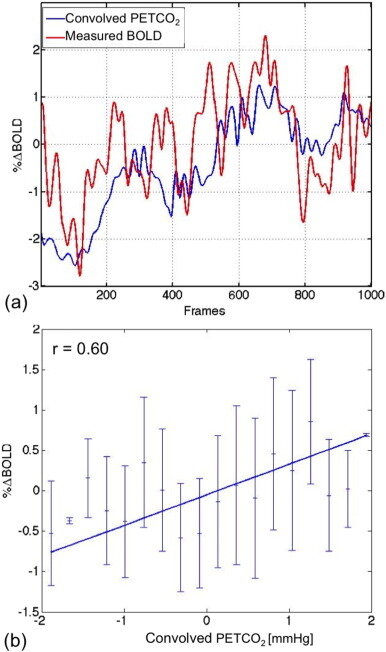
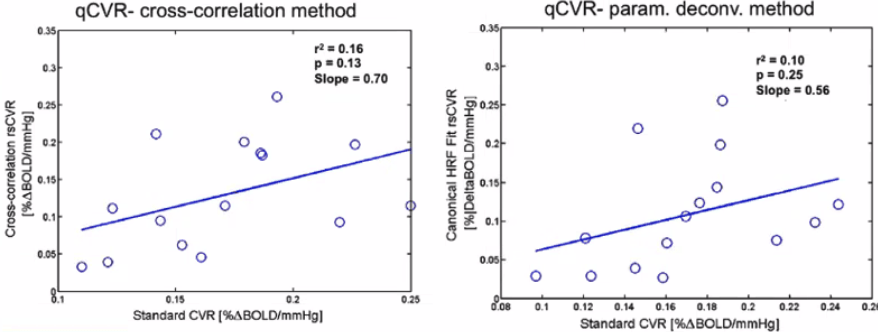
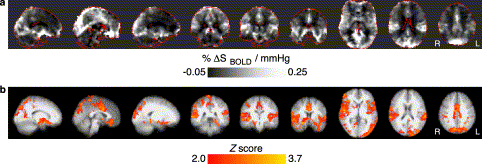





- Are natural respiratory fluctuations enough
to map Cerebrovascular Reactivity (CVR),
compared to golden standard methods?
Physiology: signal fluctuations
- Band-passed global RS signal¹
1. P. Liu et al., 2017 (Neuroimage); 2. Christen et al., 2015 (JMRI), Jahanian et al., 2016 (JCBFM); 3. Erdogan et al., 2016 (Front. Hum. Neurosci.)



See also:
- Other ROIs for physiological models²
- Rapidtide³


Physiology(?): Fluctuations amplitudes


- Resting State Fluctuations (RSF) agree with CVR in cross-section studies¹
- RSF does not agree strongly with CVR in a dense mapping study²
- RSF might be more related to Neurovascular Coupling than to CVR³
1. Golestani et al., 2016 (Neuroimage), Chen et al., 2023 (bioRxiv);
2. Moia et al., 2024 (bioRxiv); 3. Bailes et al., 2023 (eLife)
Physiology: Fluctuations amplitudes
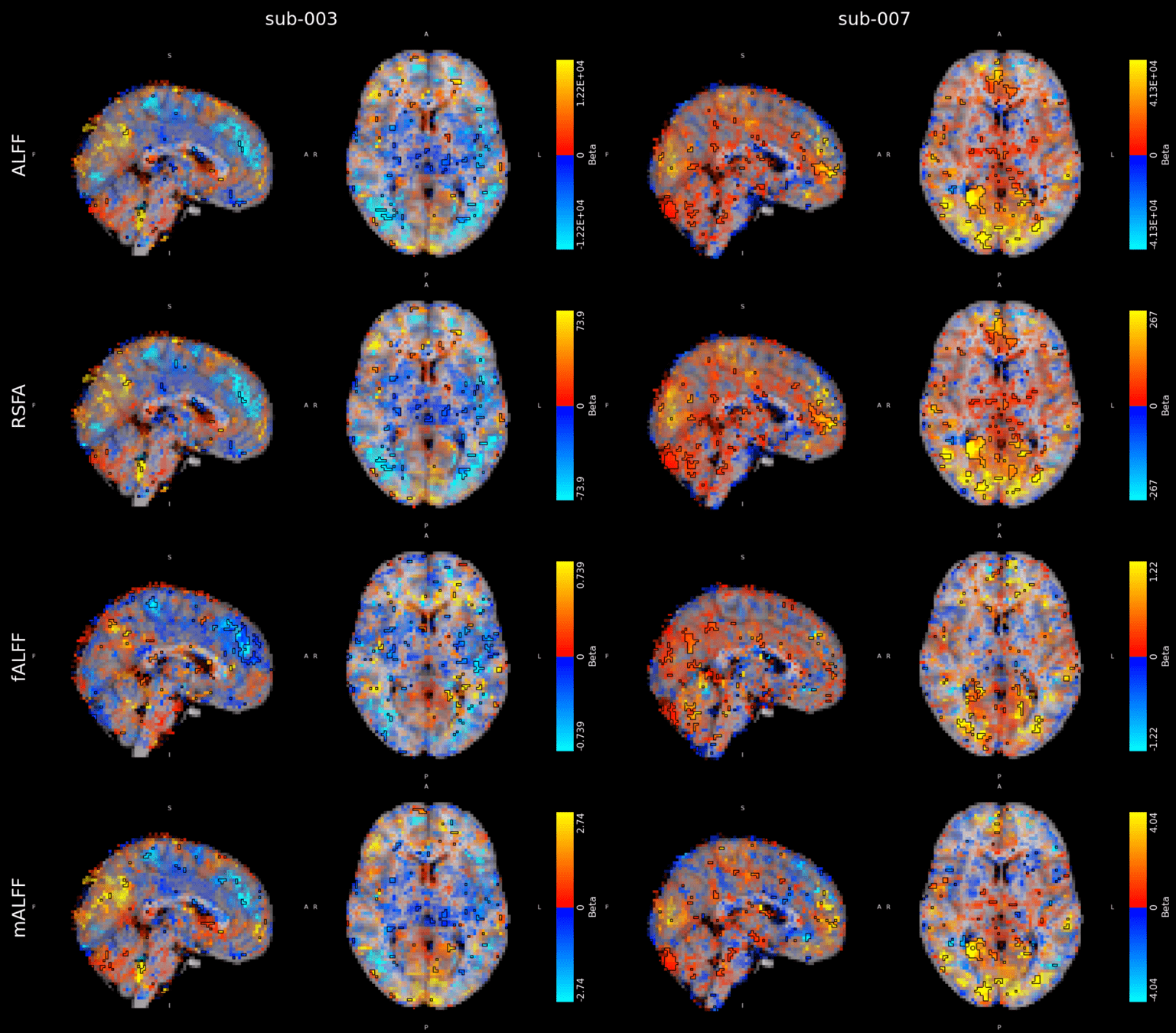
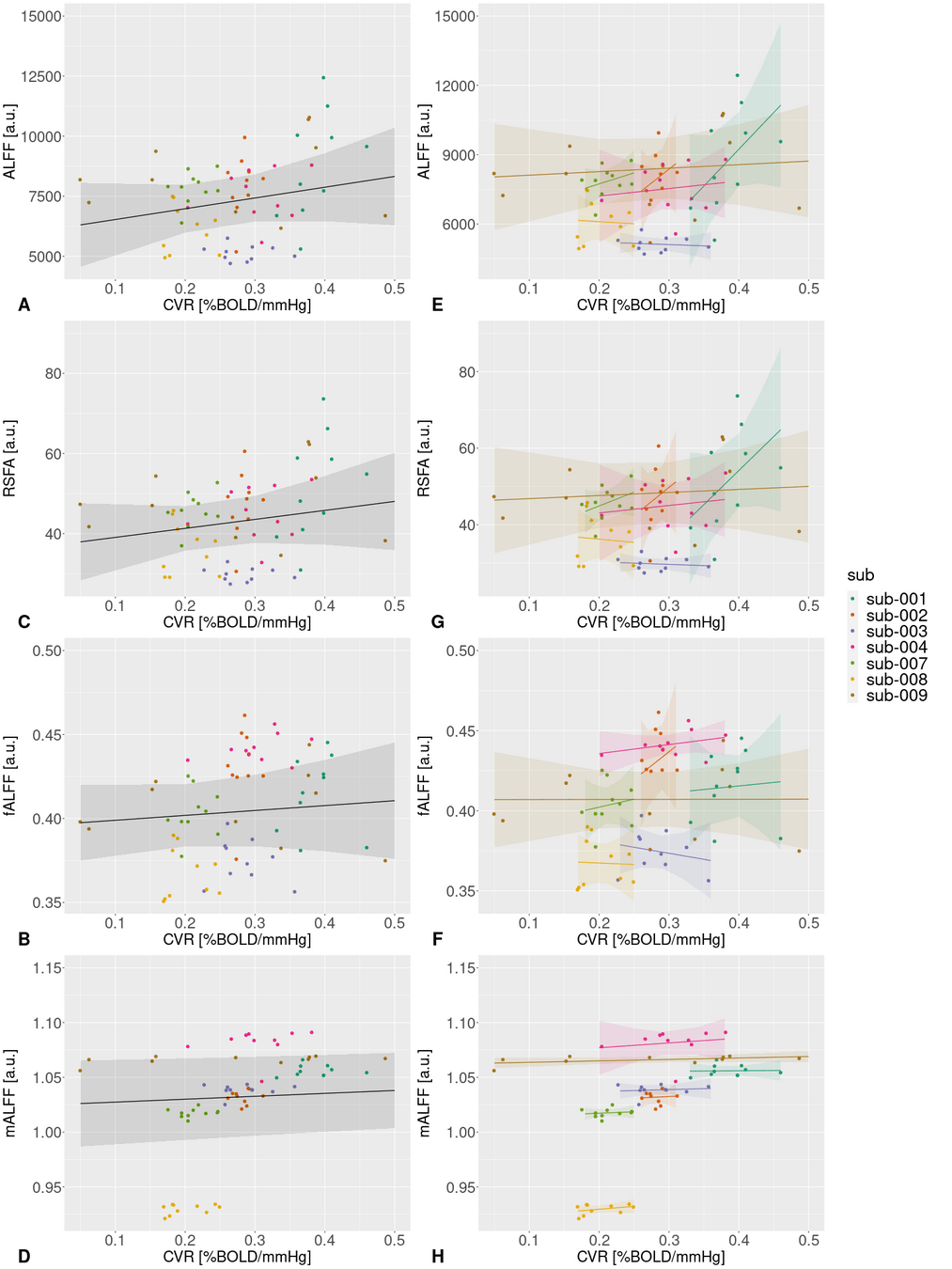


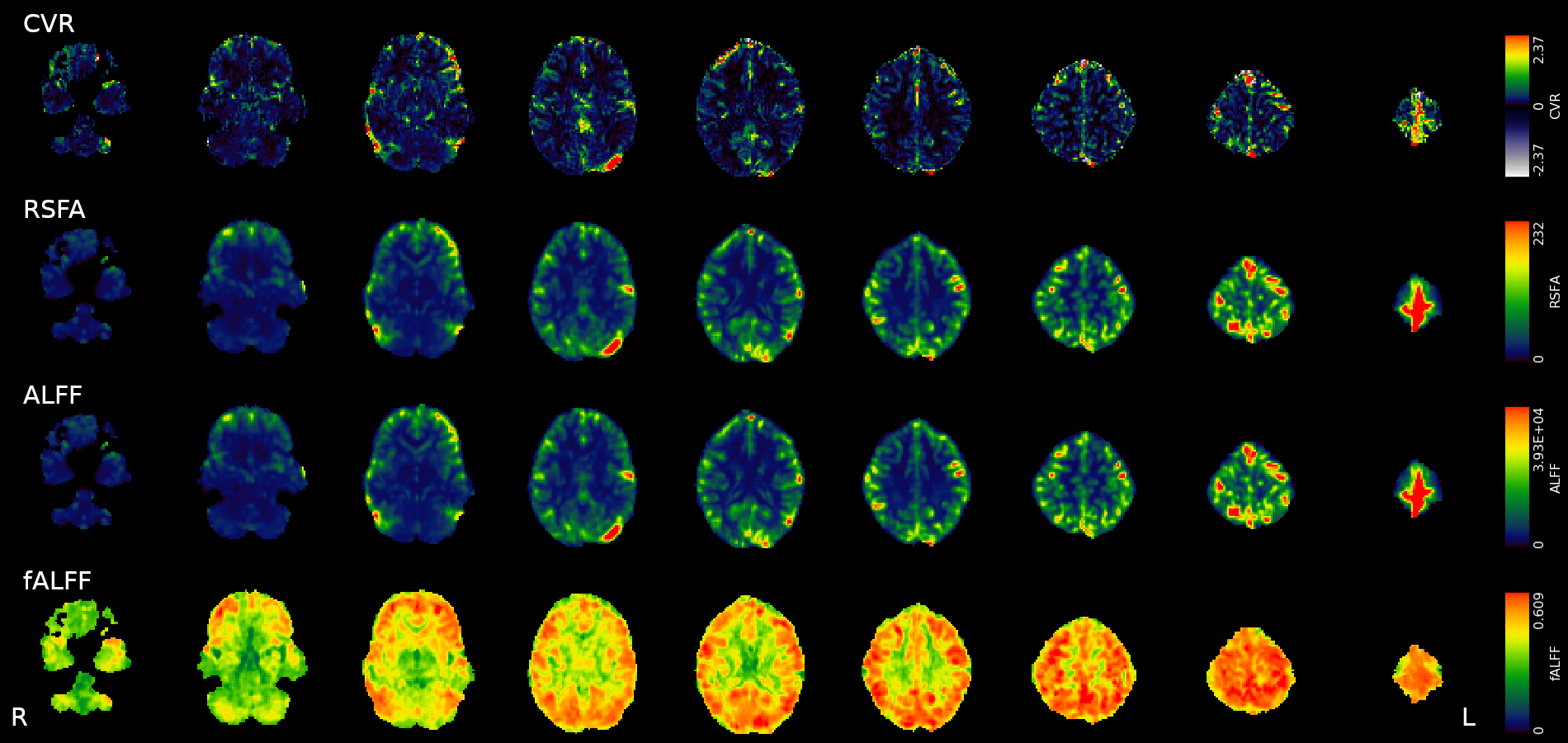





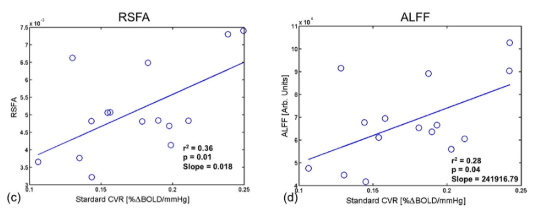
4. "Artefacts"


Artefacts: movement
- Analysis of 951 HCP subjects, 2 RS scans, motion parameters
- Four main movement patterns
- Link with behaviour
1. Bolton et al., 2020 (NeuroImage)


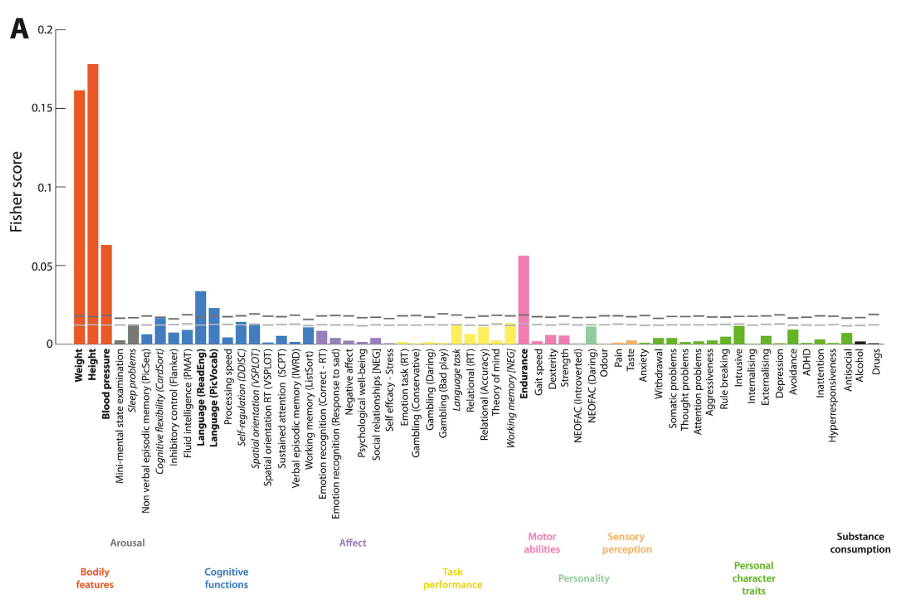
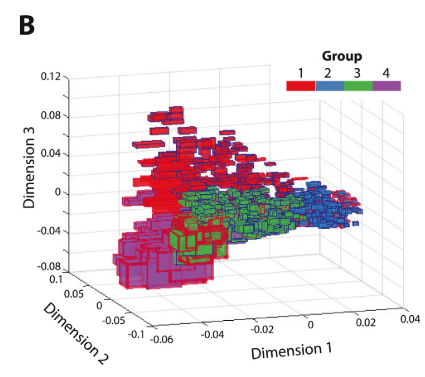
Take home #2
Analysing Resting State data means finding its underlying generative models that explain its fluctuations.


5. "Enriching" Resting State


The limitations


- (Almost) No experimental control = no "temporal anchor"
- Lower tSNR than task-induced responses (for your signal of interest)
- "Natural" fluctuations might not reflect task-induced responses (variance)
- More complex data analysis compared to task-induced responses
- Unclear generative processes (what are you "not" thinking about?)
- Easier set up than task-induced responses
- Does not require subject compliance
- Can be performed by any subject in any state (including lack of consciousness)
- (Allegedly) Observing brain fluctuation in a "natural" state
- Resting State is frequently featured in many public datasets
(161 currently on OpenNeuro)
"Enriched" Resting State: signal correlates
- Ask your subjects!¹
1. Delamillieure et al., 2011 (Brain Research Bulletin), Gorgolewski et al., 2014 (PLoS ONE)

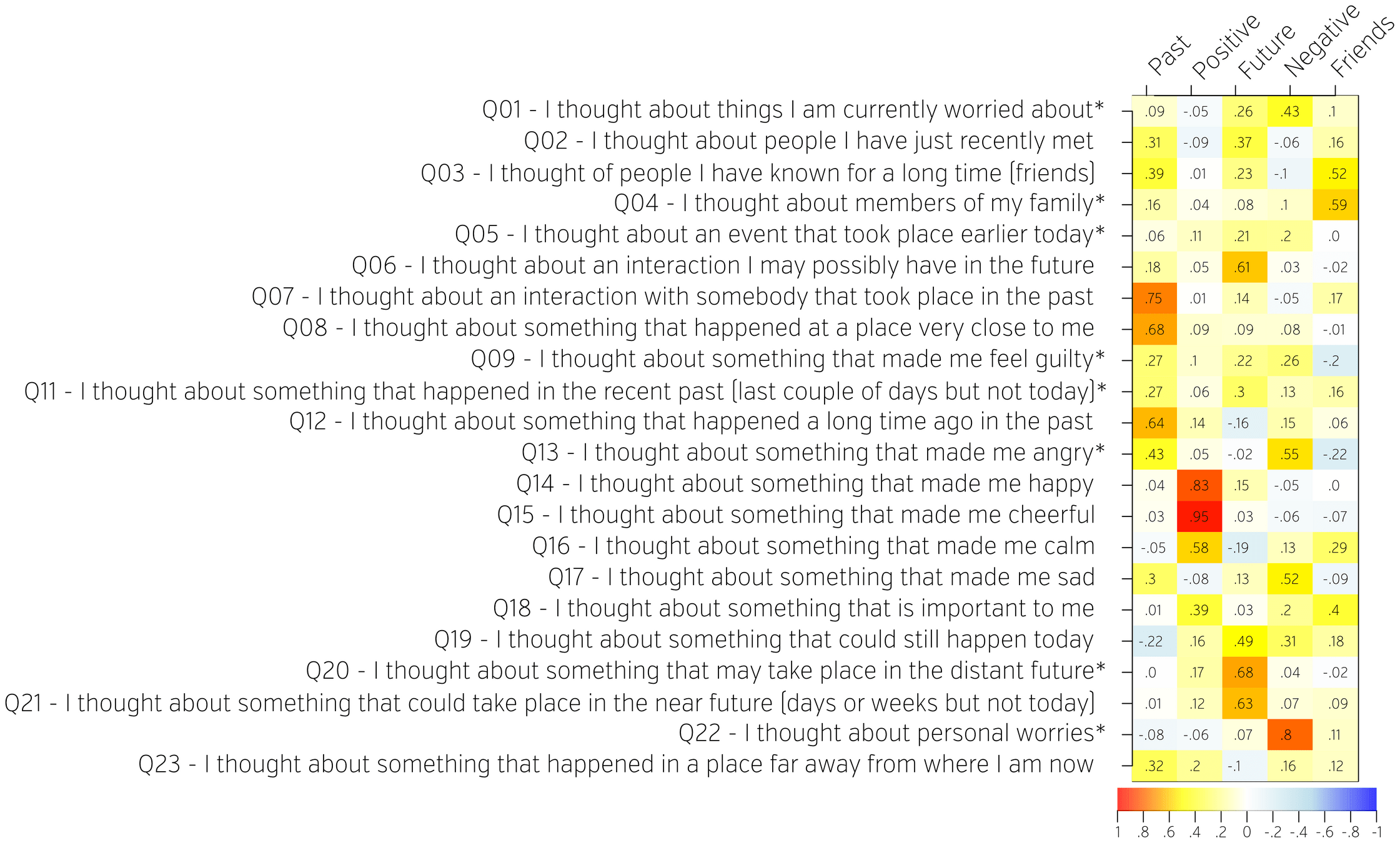


"Enriched" Resting State: naturalistic paradigms


- Increases inter-subject correlation (although locally)¹
- Can be as simple as a video of a panorama²
1. Hanke et al., 2014 (Sci. Data); 2. Provins et al., 2023 (Nat. methods)


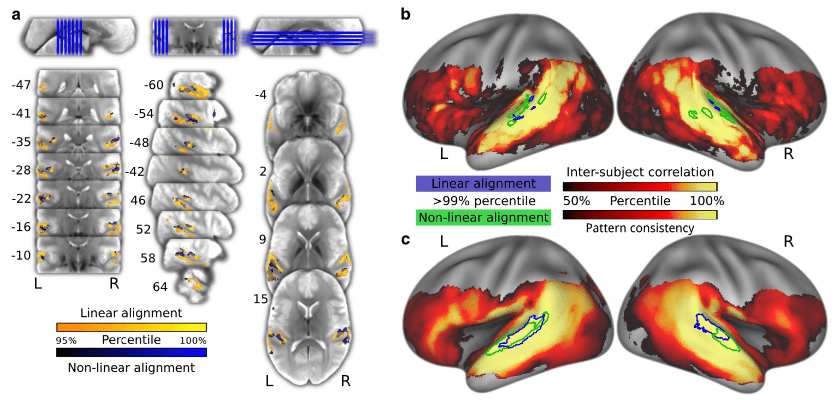
"Enriched" Resting State: respiratory challenges
1. Stickland et al., 2021 (NeuroImage); 2. P. Liu et al., 2020 (Neuroimage)

See also:
- Intermittent Breaths Modulation²


- Add a short respiratory challenge¹
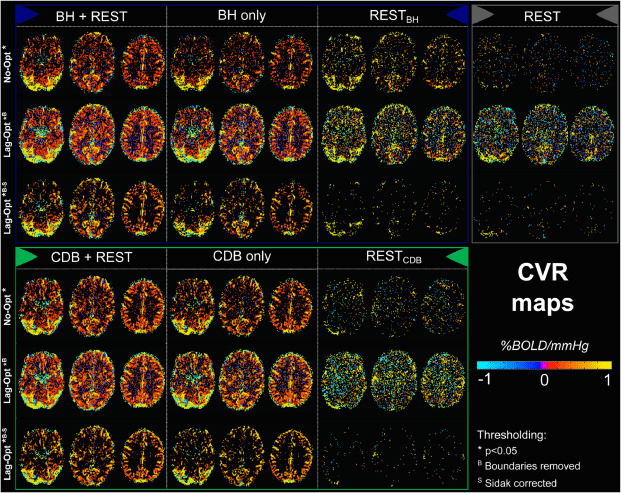


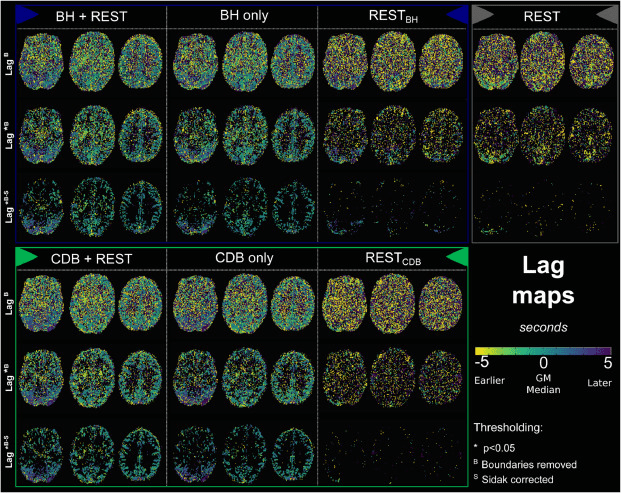


Take home #3
Resting State datasets have limitations that can be partially overcome by "enriching" the acquisition experience.


Thanks to...
That's all folks!

| smoia | |
| @SteMoia | |
| s.moia.research@gmail.com |



Part of this research was supported by the Eunice Kennedy Shriver National Institute of Child Health and Human Development of the National Institutes of Health under award number K12HD073945, the European Union’s Horizon Europe research and innovation programme under the Marie Skłodowska-Curie grant agreement No 101109770, the European Union’s Horizon 2020 research and innovation program (Marie Skłodowska-Curie grant agreement No. 713673), a fellowship from La Caixa Foundation (ID 100010434, fellowship code LCF/BQ/IN17/11620063), the Spanish Ministry of Economy and Competitiveness (Ramon y Cajal Fellowship, RYC-2017- 21845), the Spanish State Research Agency (BCBL “Severo Ochoa” excellence accreditation, SEV- 2015-490), the Basque Government (BERC 2018-2021 and PIBA_2019_104), the Spanish Ministry of Science, Innovation and Universities (MICINN; FJCI-2017-31814)
...you for the (sustained) attention!
...the organisers, for having me here
...the MR-methods group @UM
Find the presentation at:
slides.com/ephraim24/
rs-basics-ismrm2024/scroll
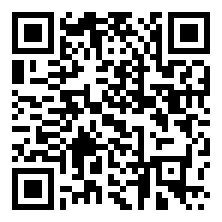
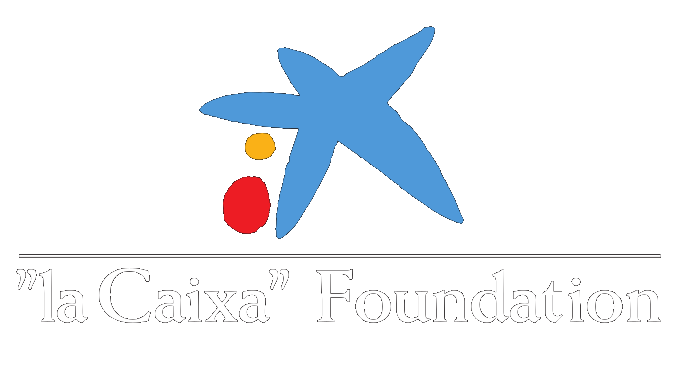


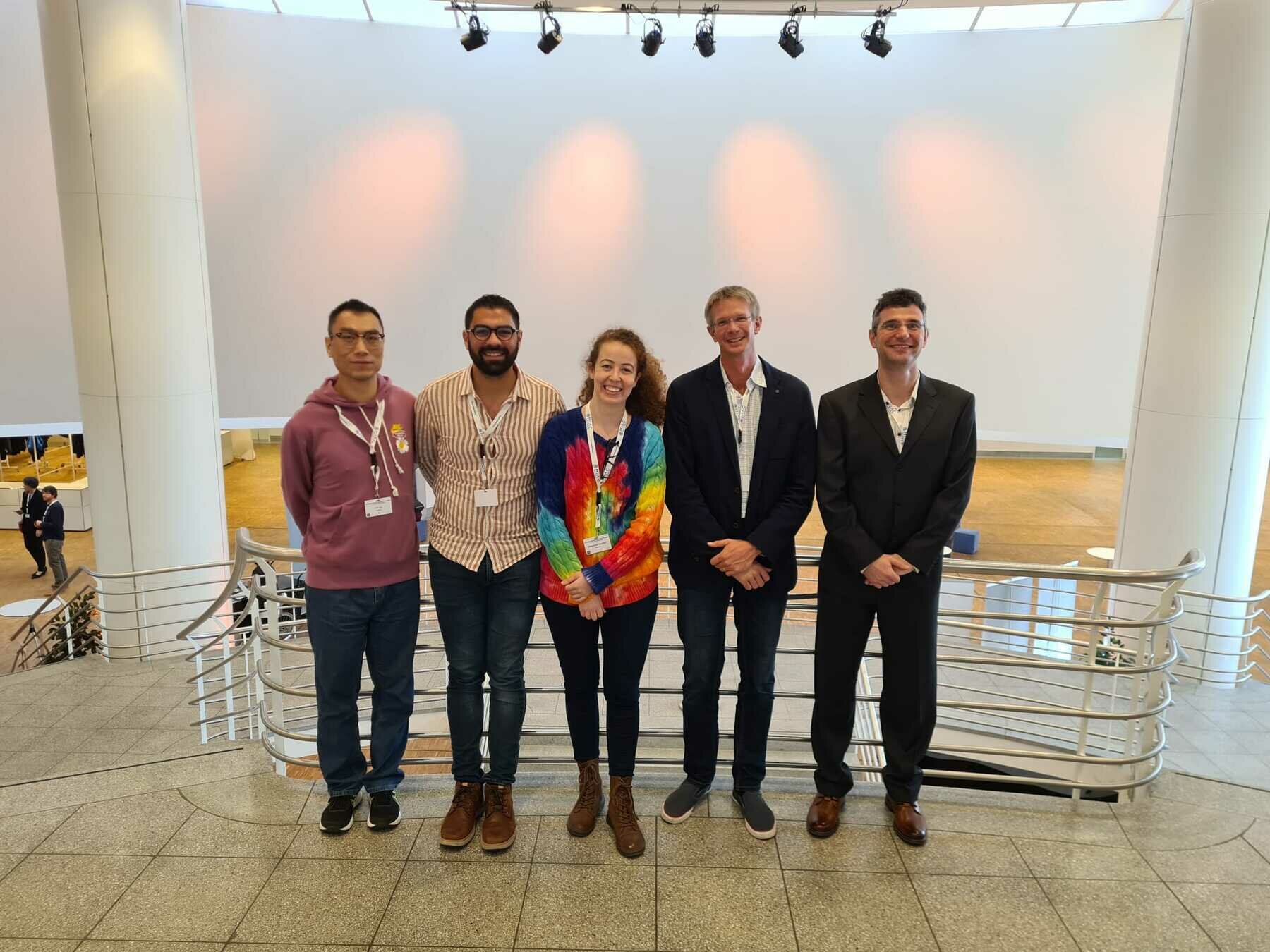
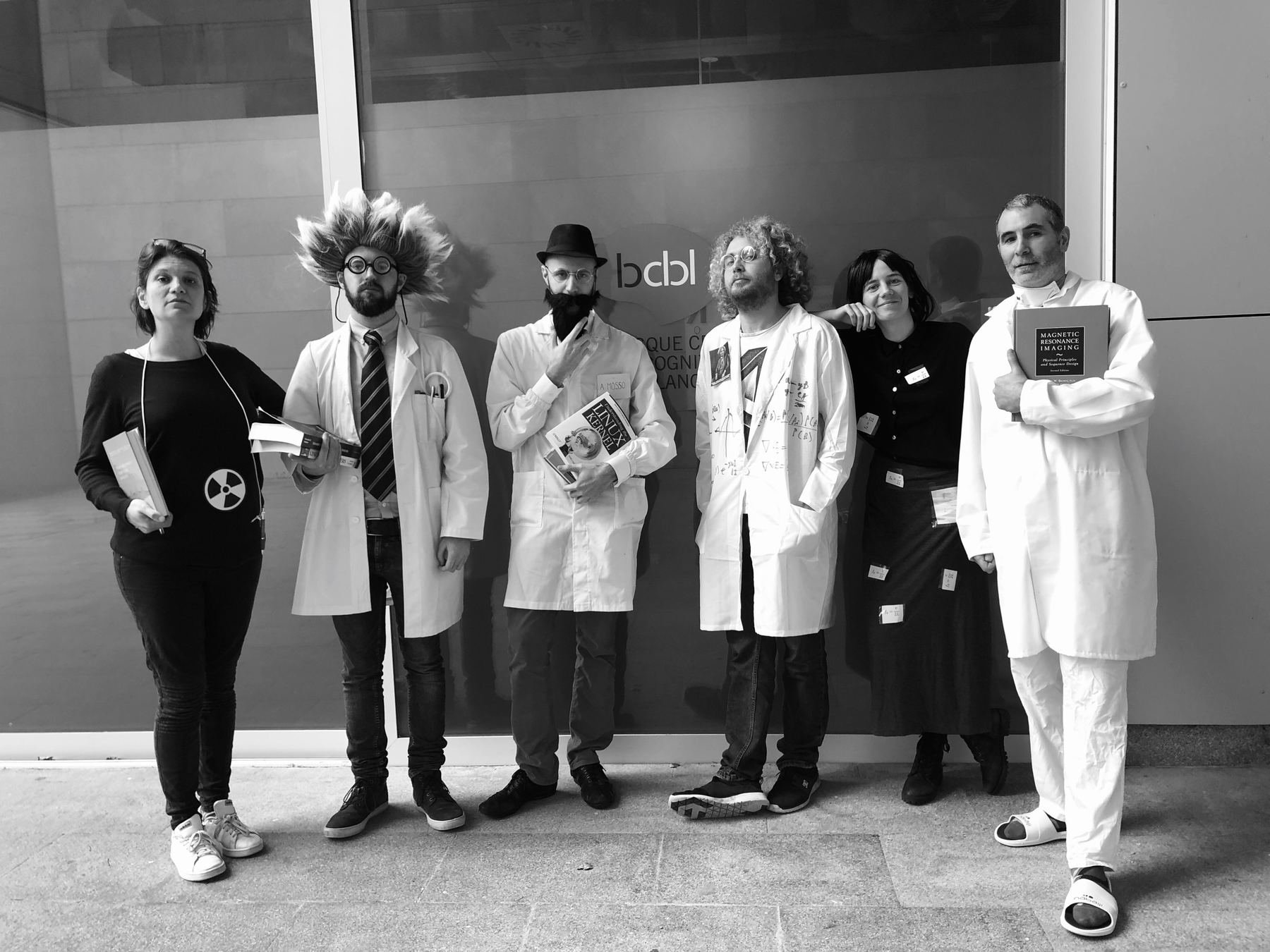
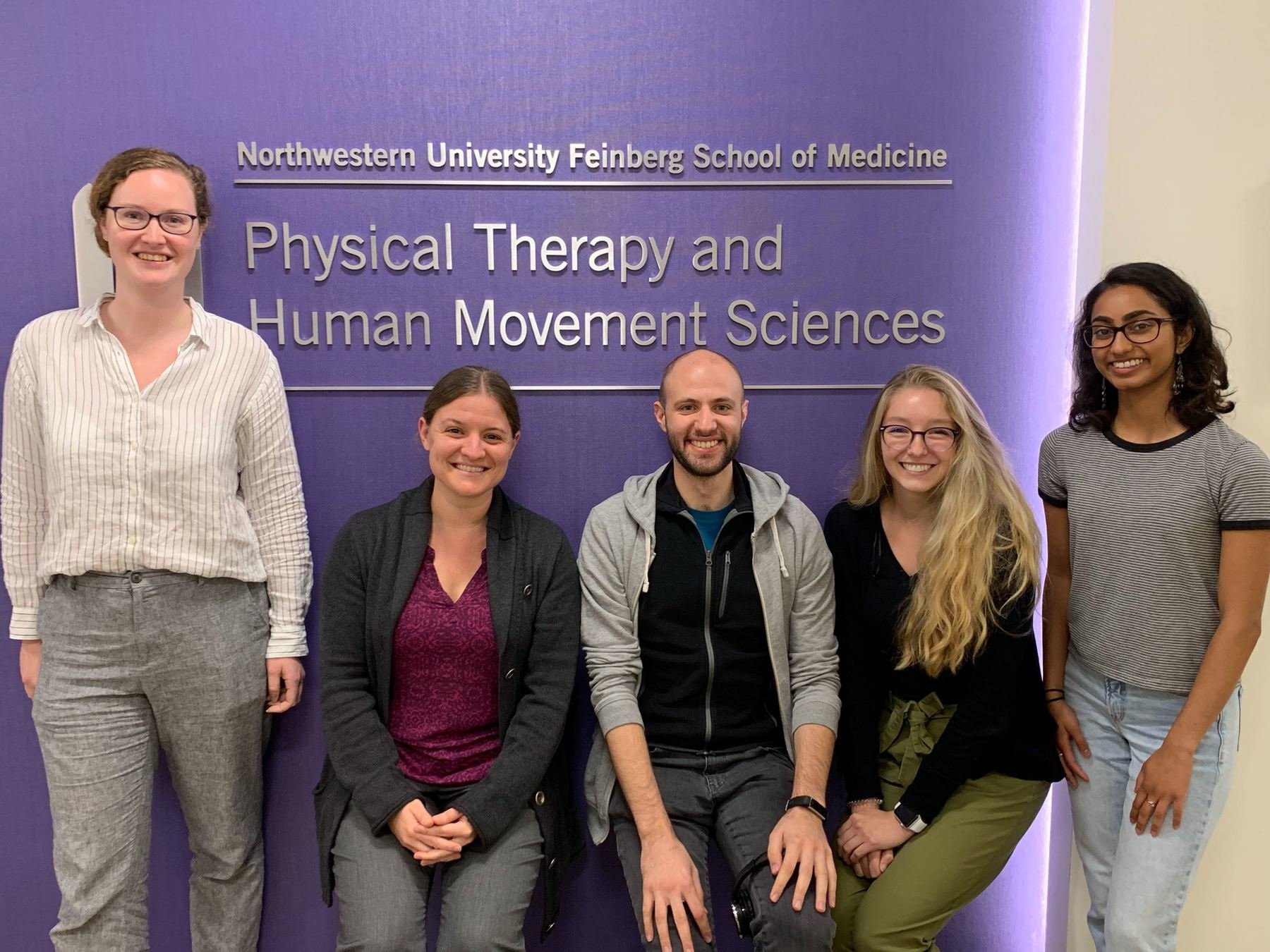
1. Resting State is a low-compliance approach that can be used with any subject and is frequently featured in existing datasets.
2. Analysing Resting State data means finding its underlying generative models that explain its fluctuations.
3. Resting State datasets have limitations that can be partially overcome by "enriching" the acquisition experience.
Take home messages
Any question [/opinions/objections/...]?
Find the presentation at:
slides.com/ephraim24/
rs-basics-ismrm2024/scroll

Resting State Basics (ISMRM2024)
By Stefano Moia
Resting State Basics (ISMRM2024)
CC-BY 4.0 Stefano Moia, 2024. Images are property of the original authors and should be shared following their respective licences. This presentation is otherwise licensed under CC BY 4.0. To view a copy of this license, visit https://creativecommons.org/licenses/by/4.0/
- 79



